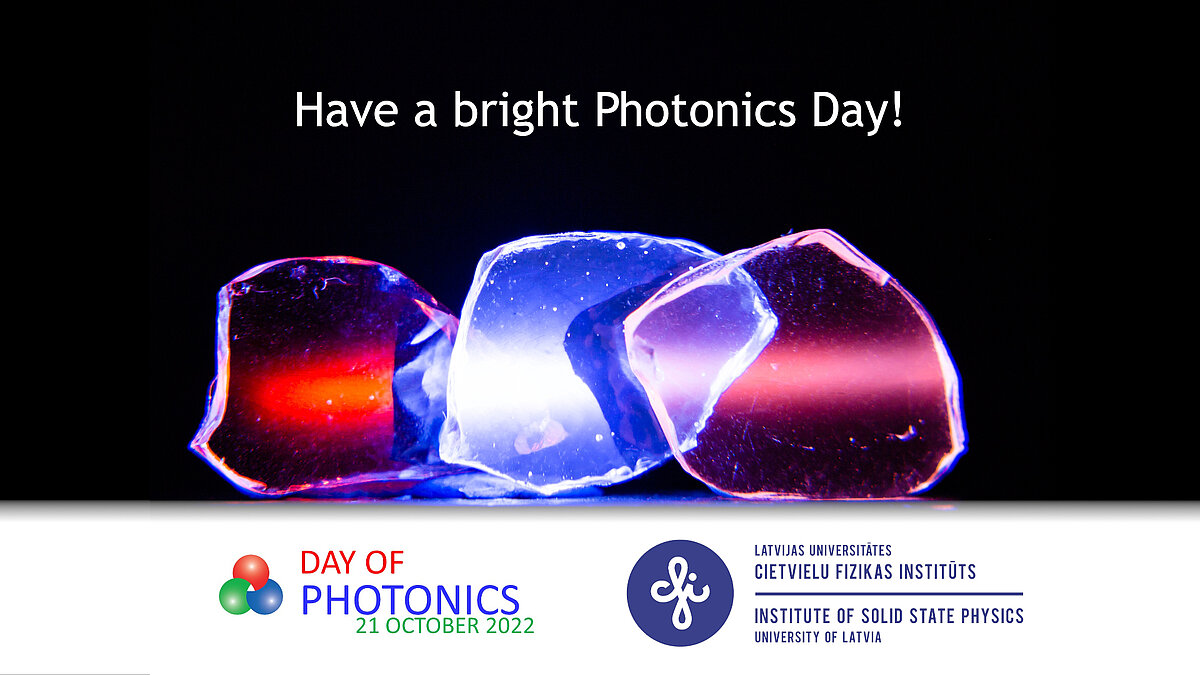
On October 21, 1983, the General Conference on Weights and Measures adopted value for the speed of light - 299,792.458 km/s. On October 21, 37 years later, we celebrate Photonics that enables such things as light in our houses, technologies in our smart phones and the life-saving healthcare equipment among others.
Although most people are familiar with lasers, fibre optics, the optical components in the mobile phones, and that light and radiations are a crucial part in the latest medical instruments, the word Photonics is still largely obscure and the definition of Photonics is still not very well known.
The word 'photonics' is derived from the Greek word "phos" meaning light. Photonics is the physical science of light (photon) generation, detection, and manipulation through emission, transmission, modulation, signal processing, switching, amplification, and sensing. It can carry far more information than radio frequency and microwave signals. Though covering all light's technical applications over the whole spectrum, most photonic applications are in the range of visible and near-infrared light.
Applications of photonics are ubiquitous. Included are all areas from everyday life to the most advanced science, e.g. light detection, telecommunications, information processing, photonic computing, lighting, metrology, spectroscopy, holography, medicine (surgery, vision correction, endoscopy, health monitoring), biophotonics, military technology, laser material processing, art diagnostics (involving InfraRed Reflectography, Xrays, UltraViolet fluorescence, XRF), agriculture, and robotics.
At the ISSP UL, photonics is one of the main research topics. The efforts of the scientists at the ISSP are devoted to research on new organic materials for light emitters, lasers and OLEDs, waveguides and IR sensors, transparent nanocomposite oxyfluoride materials for optical applications, nanostructured up-conversion luminescent environmental sensors, materials for photonic applications in information and communications technologies, oxide based optoelectronics devices (for example, Ga2O3 and graphene), large area nanocoatings for application in transparent and flexible electronics. Additional application areas of the research are dosimeters and sensors using thermo luminescence and optically stimulated luminescence in nitrides and oxides, scintillators for high-energy physics and biomarkers for medical applications as well as low temperature persistent phosphors sensors.